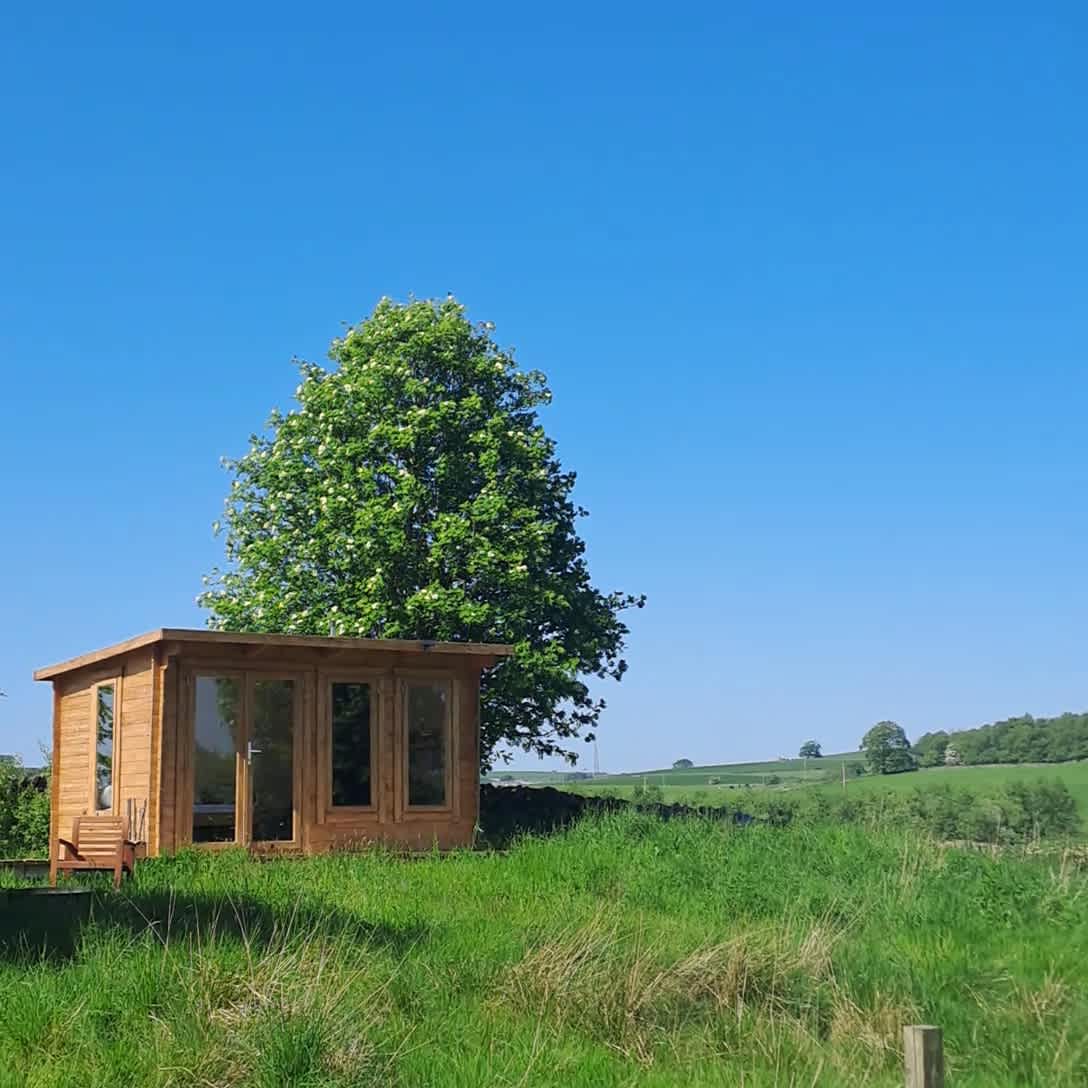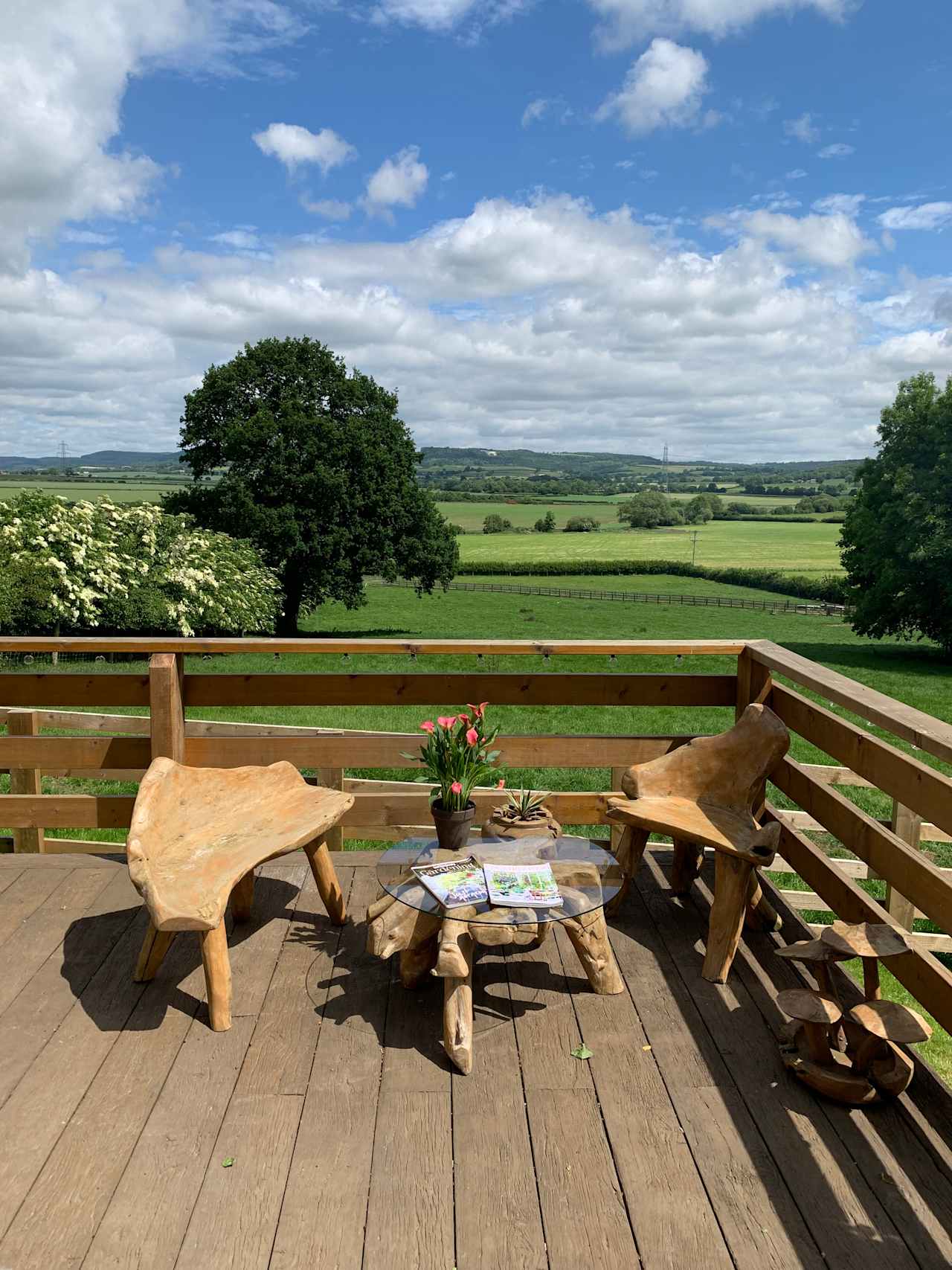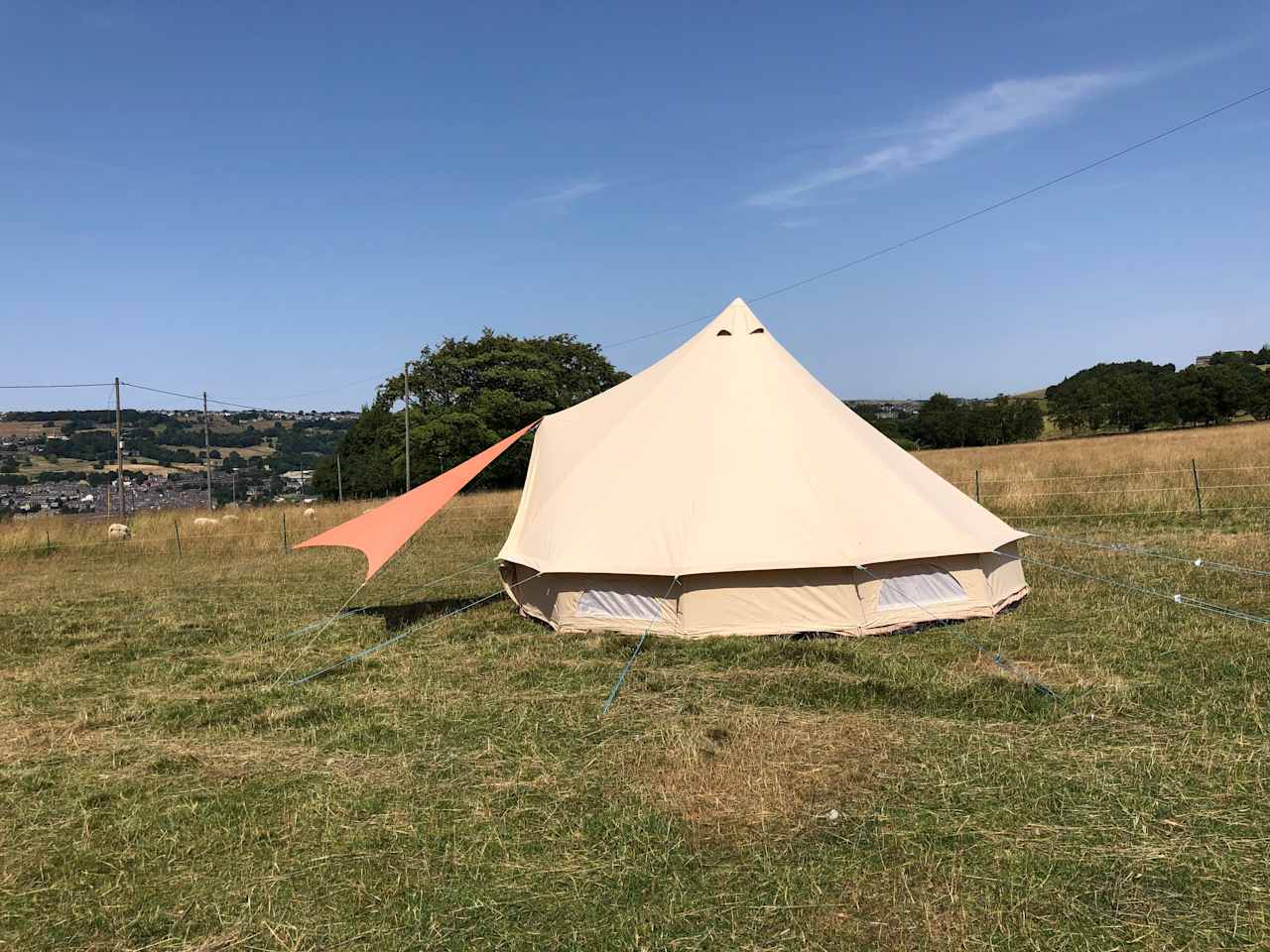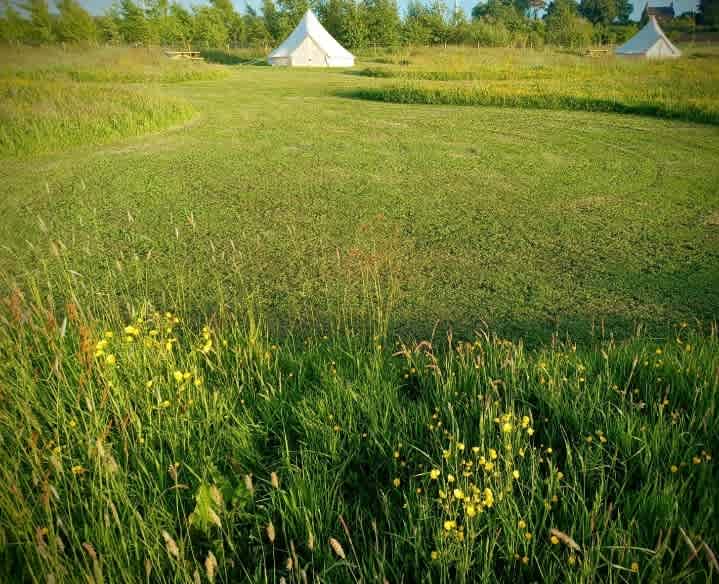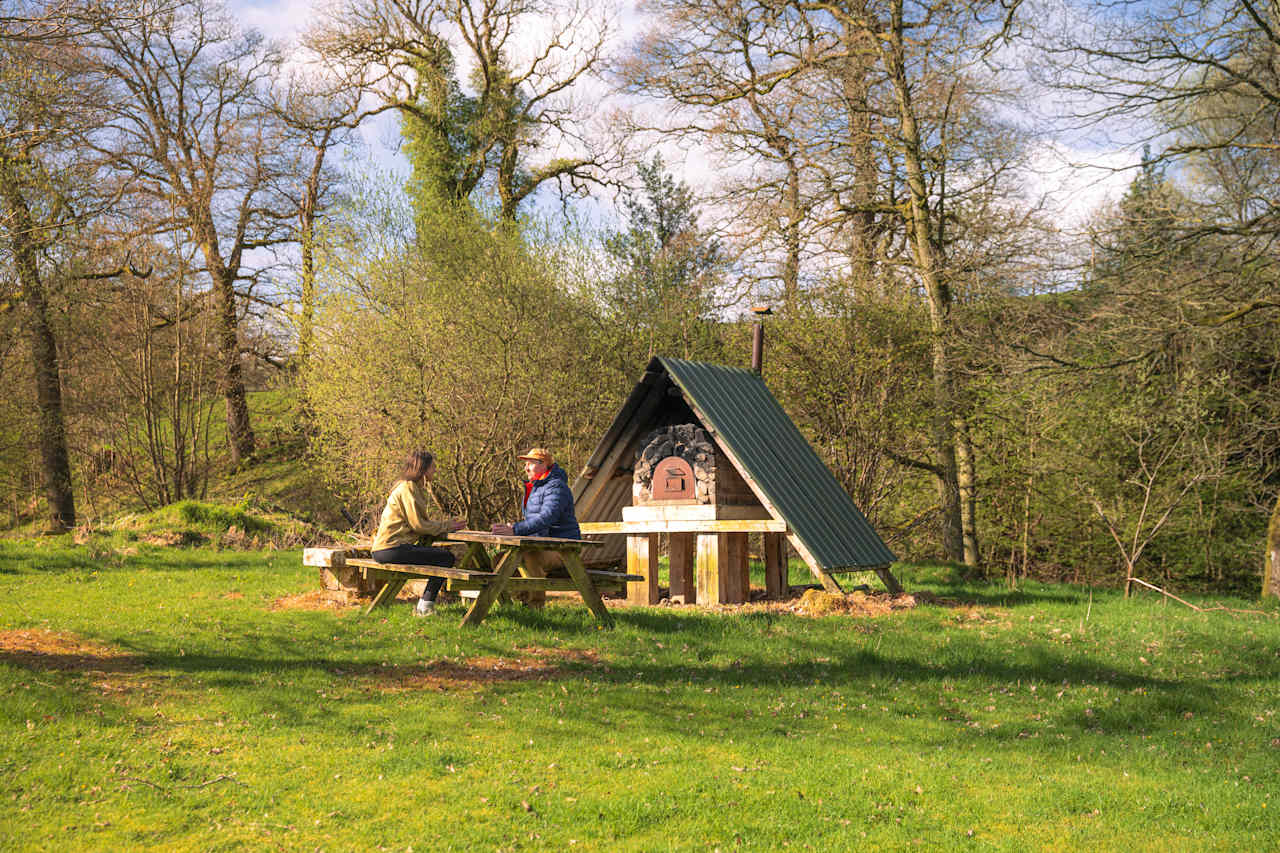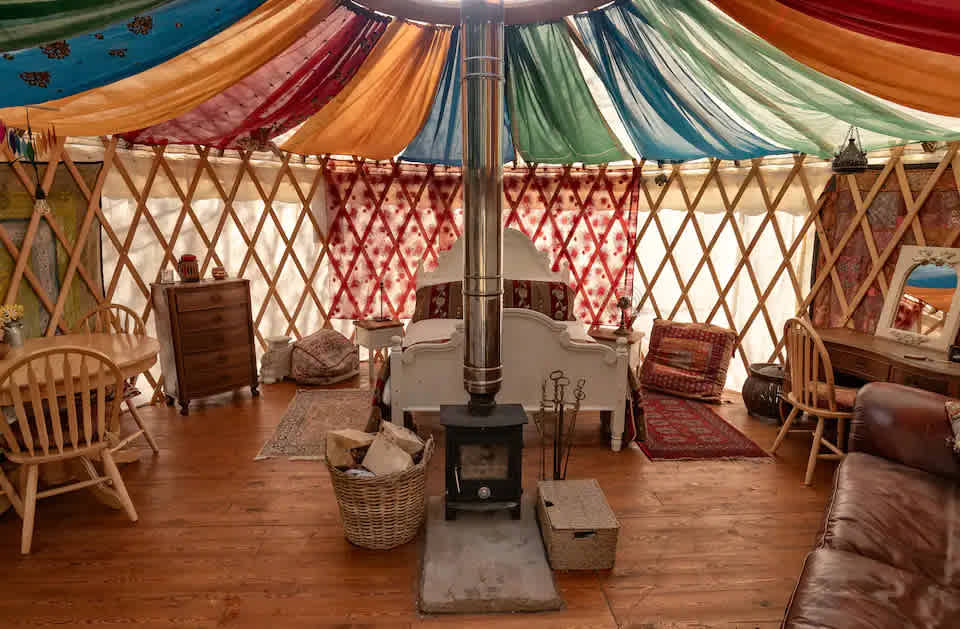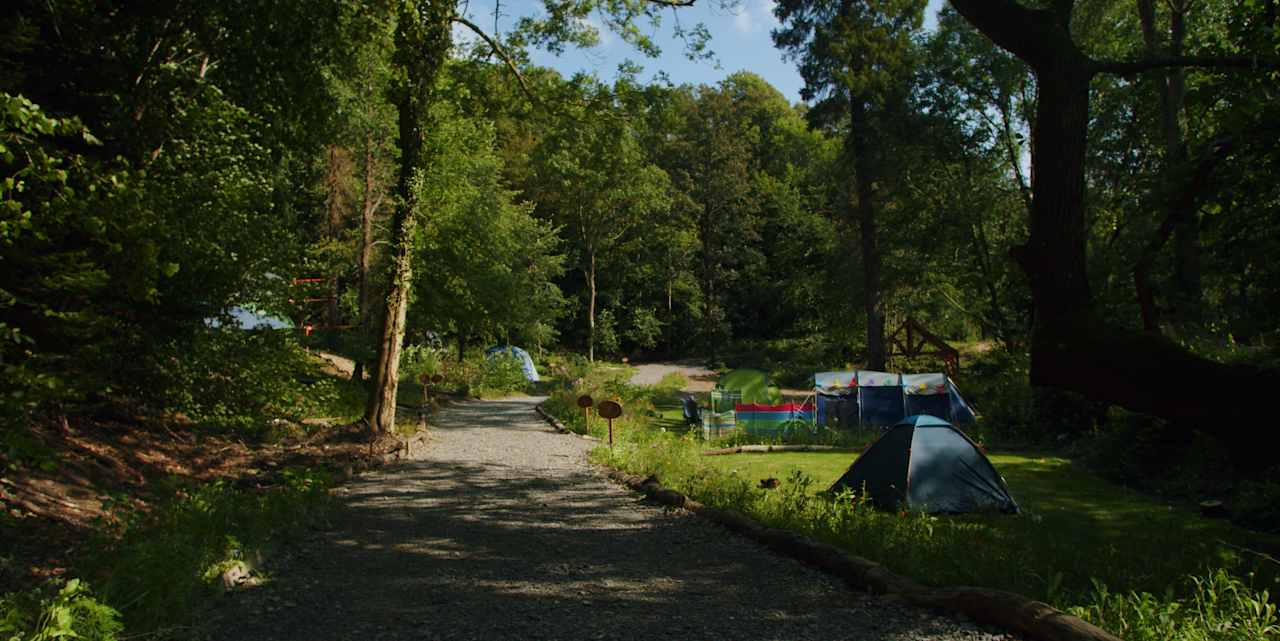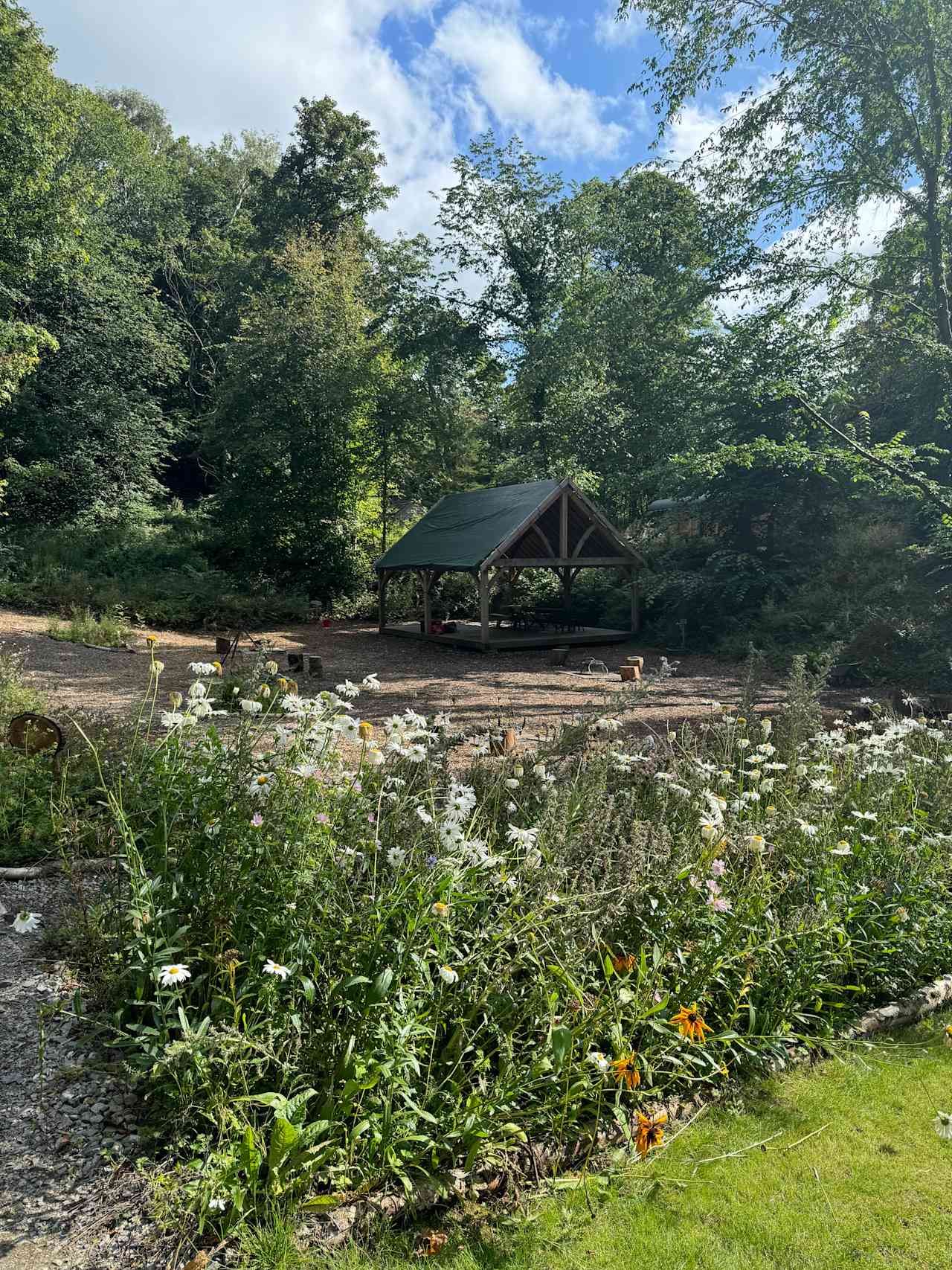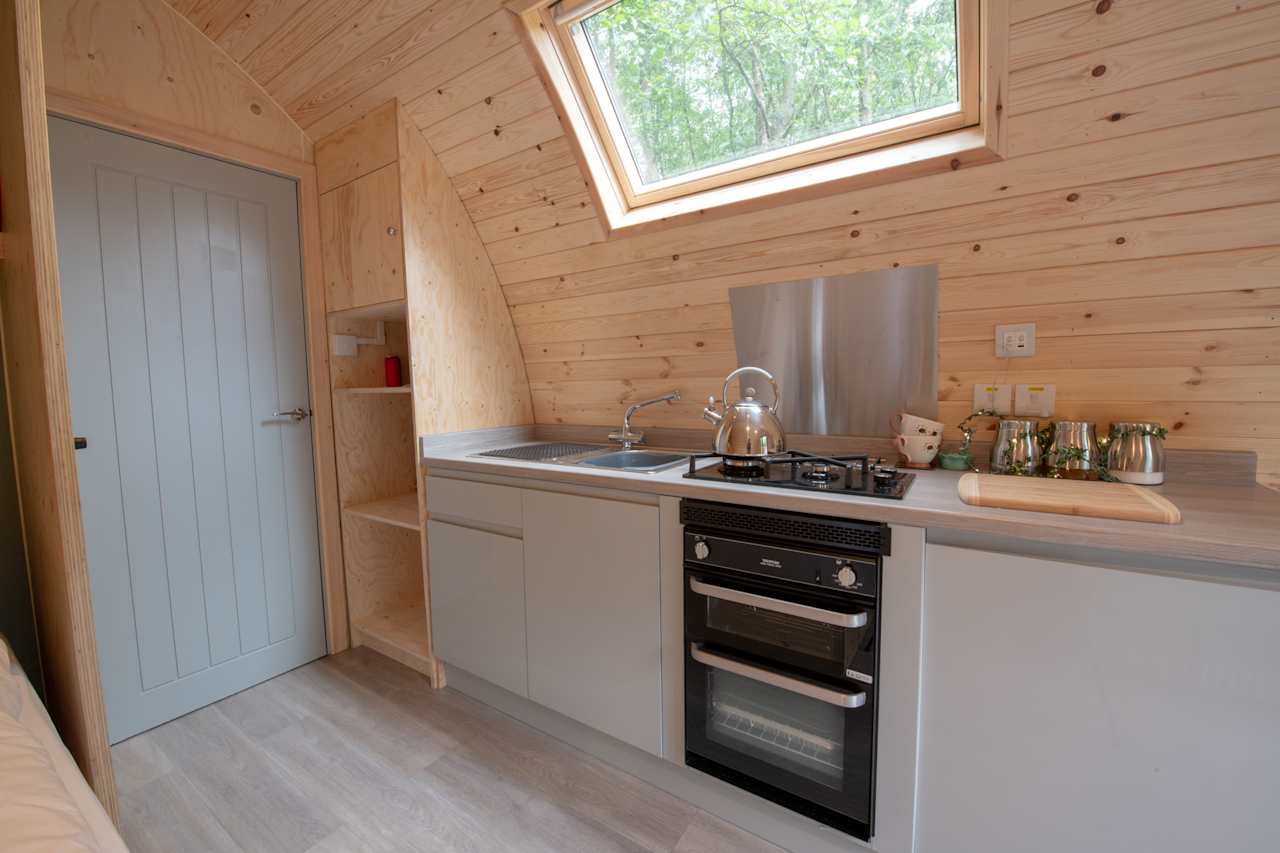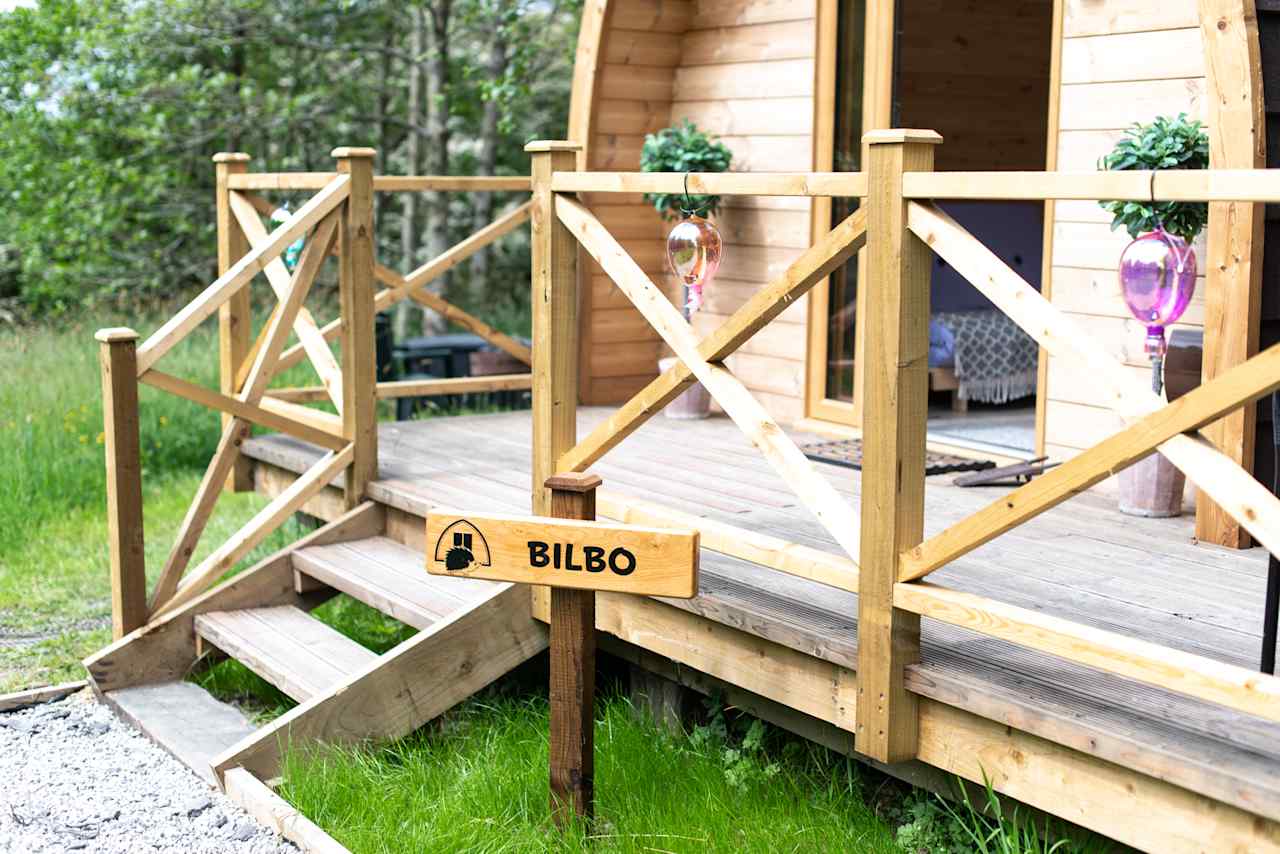Glamping in Lake District National Park
Find shepherd’s huts, bell tents, cosy cabins, glamping pods, and yurts in the Lake District.
- Lake District National Park
Popular camping styles for Lake District National Park
Star Hosts in Lake District National Park
Available this weekend
12 top glamping sites in Lake District National Park
Dog-friendly getaways


Glamping in Lake District National Park guide
Overview
Whether you choose a glamping pod with far-reaching mountain vistas or a shepherd’s hut nestled in a quiet, hidden valley, Lake District glamping is the ideal way to find comfort in this rugged landscape at any time of year. Ergonomically designed shepherd's huts with underfloor heating offer respite from any unpredictable weather, while yurts with luscious interiors and proper beds provide comfort after long days of hill walking or mountain biking. While glamping in the Lake District, explore the upland fells and hiking routes made famous by Wainwright, or admire the national park’s stunning mountain vistas on a boat ride across Lake Windermere. Head to quaint Ambleside for tea and homemade cakes, or discover the story of Beatrix Potter at Hilltop, the writer’s former home. Hike some of England's highest mountain routes like Scafell Pike, Helvellyn, and the Langdales, or merely admire them from the comfort of a luxury yurt—there’s plenty to do on a glamping holiday in the Lake District.
Glamping Accommodation Types
Building restrictions are often tight in this rightfully restricted area. The focus in the Lake District is on preserving the natural beauty, so when it comes to glamping, most sites are keen to adhere to the most eco-friendly policies and create an environment that is unobtrusive and environmentally friendly. Bell tents are extremely popular—temporary, light, and easy to move, they allow glamping sites to constantly rotate the space and look after the grass on which they're pitched. More sturdy structures like pods are also extremely popular in the colder winter months, as are family-sized yurts, tall tipis, multi-room safari tents, and even hidden hobbit holes. We’ve even found horse-drawn roving gypsy caravans that tour across the national park. Shepherd’s huts, too, are easy to find—with cosy interiors and wood-burning stoves, they offer excellent year-round accommodation, while their great heritage and connection with the sheep farming of the Cumbrian region gives them a real affinity with their surroundings.
Lake District National Park History
The Lake District is located entirely within the county of Cumbria and is home to every one of England’s mountains over 3000 feet in height—plus the nation's longest and deepest bodies of water. In short, for fans of the outdoors, it is a paradise. Covering an area of some 900 square miles, it was first designated a national park in 1951, and in 2017, also became a UNESCO World Heritage Site.
Earlier on, the Romans left traces here, including the mountainside remains of Hardknott Fort. But it was the Vikings who made a real mark in the Lake District, with many lakeland place names—thwaite, tarn, fell, beck and so on—having a Norse origin. The region was a wild, desolate land for centuries, as few outsiders ventured into the ancient counties of Cumberland and Westmorland. Not until the 18th century did writers and artists discover the natural grandeur of the lakes, later made popular by Turner, Gainsborough, Wordsworth, Coleridge, and others.
Top 5 things to do during a Lake District glamping holiday
- Climb England's highest mountain, Scafell Pike.
- Take a steam boat ride across Ullswater.
- Ride out to the coast on the Ravenglass and Eskdale Heritage Railway.
- Join Peter Rabbit in the undergrowth at the World of Beatrix Potter.
- Visit old slate mines at Honister Pass.




